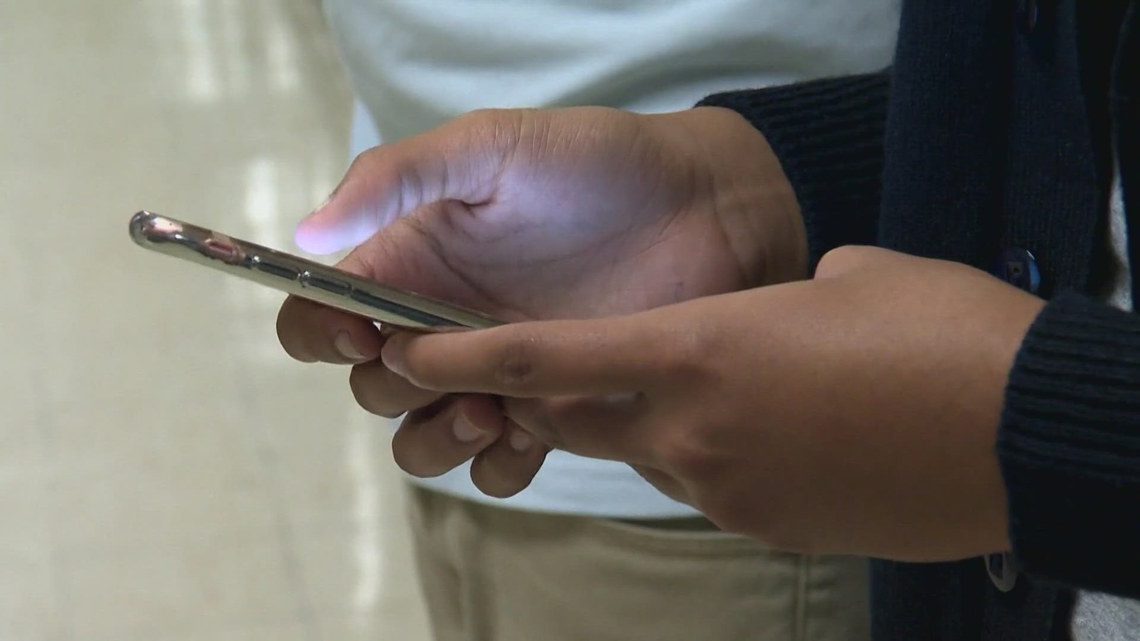
Virginia’s New Executive Order: A Dive into Cell Phone-Free Education Guidelines
In a significant move aimed at fostering a focused learning environment, Virginia Governor Glenn Youngkin issued Executive Order 33 on July 9, 2023, mandating cell phone-free education across all schools in the state. This novel initiative intends to limit distractions and enhance the educational experience for students from elementary through high school. As schools prepare to implement these guidelines, it’s essential for parents, educators, and the wider community to understand what this means for students of varying age groups.
What prompted the Executive Order?
The proliferation of digital devices in educational settings has sparked debates over their impact on student attention spans and academic performance. Concerns have risen that excessive smartphone use can lead to distractions, cyberbullying, and a diminished ability to engage in face-to-face interactions, all of which can hinder a student’s overall educational journey. Recognizing these challenges, the Virginia Department of Education is now set to define what cell phone-free education entails, ensuring clarity and compliance amongst schools across the Commonwealth.
Guidelines for Different Age Groups
Here’s a breakdown of the new guidelines and what they mean for students at various educational levels:
Elementary Schools (K-5)
In an effort to cultivate a suitable learning environment for younger students, the following rules will apply:
1. Prohibition of Cell Phones: Students will not be allowed to use cell phones or any personal electronic communication devices while on school grounds.
2. Storage Requirement: If parents choose to send their child with a cell phone, the device must be turned off and stored away during school hours.
3. Transportation Policies: School divisions will establish rules regarding cell phone usage on buses where elementary students are present.
4. Communication Protocol: Any non-emergency communication to parents must take place through school-based communication tools available in offices or classrooms.
5. Emergency Notifications: Both teachers and parents are urged to utilize official school channels to communicate emergencies or important non-emergency information.
Middle Schools (Grades 6-8)
As students transition to middle school, the emphasis remains on limiting distractions while allowing for age-appropriate communication practices:
1. Classroom Restrictions: Similar to elementary schools, personal electronic devices will be banned during class time.
2. Cell Phone Storage: Students must turn off their cell phones and store them away during school hours.
3. Policy Flexibility: Local school divisions will determine when and how students can use their devices outside of class, such as before school or during lunch.
4. Communication Tools: Students are directed to use school-based channels for non-emergency messages to parents.
5. Teacher Communication: Educators and extracurricular advisers will need to utilize non-social media apps to relay information during school hours.
6. Technology Guidance: Schools will provide guidance on the appropriate use of technology for educational purposes.
High Schools (Grades 9-12)
High school guidelines are somewhat similar but allow for more nuanced approaches to technology use:
1. Cell Phone Restrictions During Class: Students are prohibited from using their devices during instructional time.
2. Storage in Class: High school students will also need to turn off their devices and store them during class.
3. Permitted Use Outside Class: Unlike younger students, high schoolers may use their phones before and after school.
4. Communication Adaptations: Non-emergency communication must occur through school-based channels, while parents are urged to utilize these same tools for emergency notifications during class hours.
5. Access to Resources: Schools will continue to provide necessary guidance and support for how to appropriately use school-issued technology for academic purposes.
Special Accommodations
It’s important to note that students with approved accommodations, such as those outlined in Individualized Education Programs (IEPs) or 504 plans, may be exempt from these regulations. This ensures that the diverse needs of all students are recognized and met within the educational framework.
Conclusion
Virginia’s Executive Order 33 represents a notable shift towards promoting a distraction-free learning environment in schools. By implementing strict guidelines on cell phone use, the state aims to enhance students’ educational experiences and prepare them for a more engaged future. As these changes roll out, continues discourse regarding the balance of technology in education remains crucial. For parents, educators, and students alike, understanding these guidelines is key to supporting a successful and focused learning environment. Let us see how these policies ultimately impact the educational landscape in Virginia.



